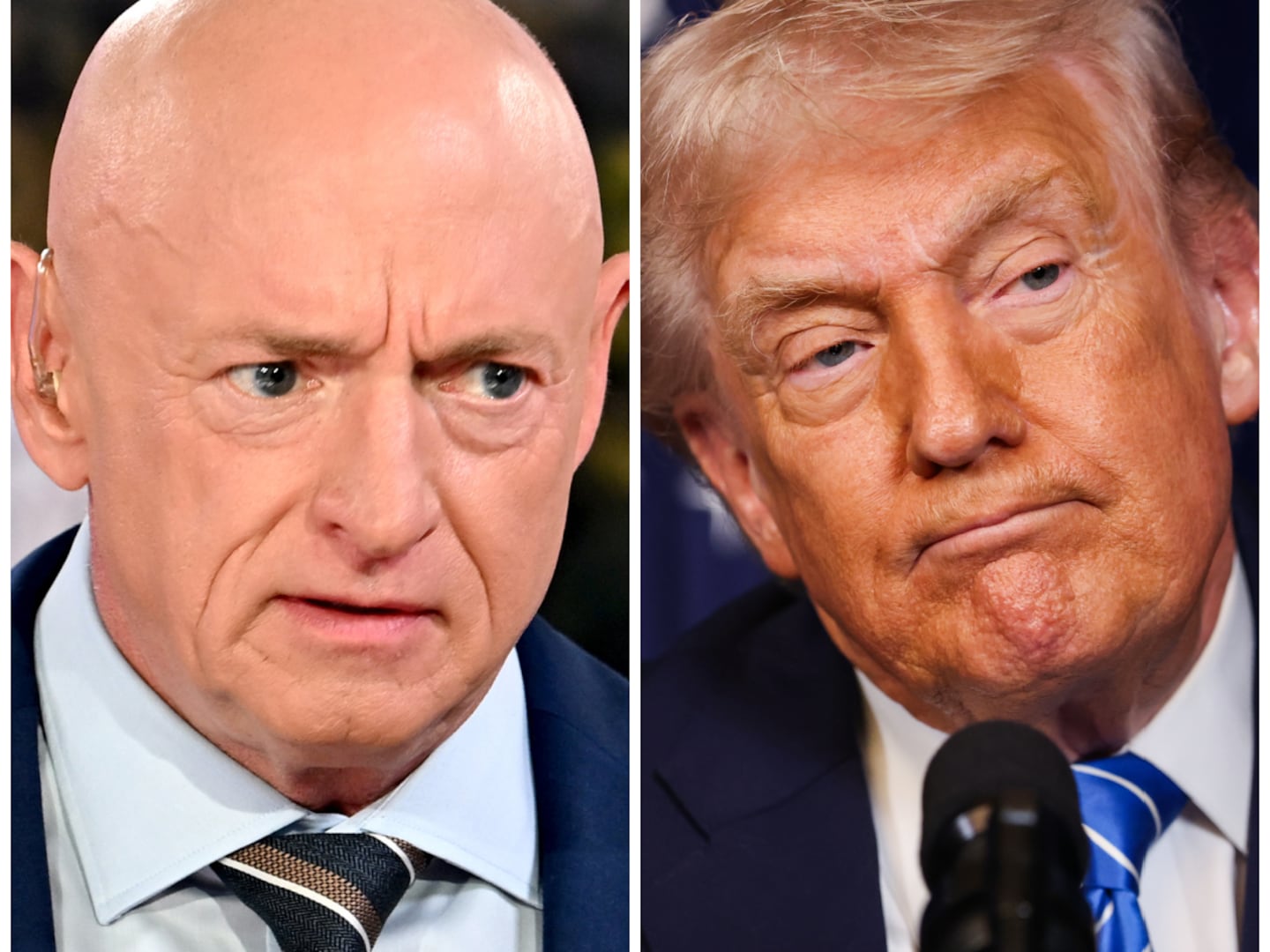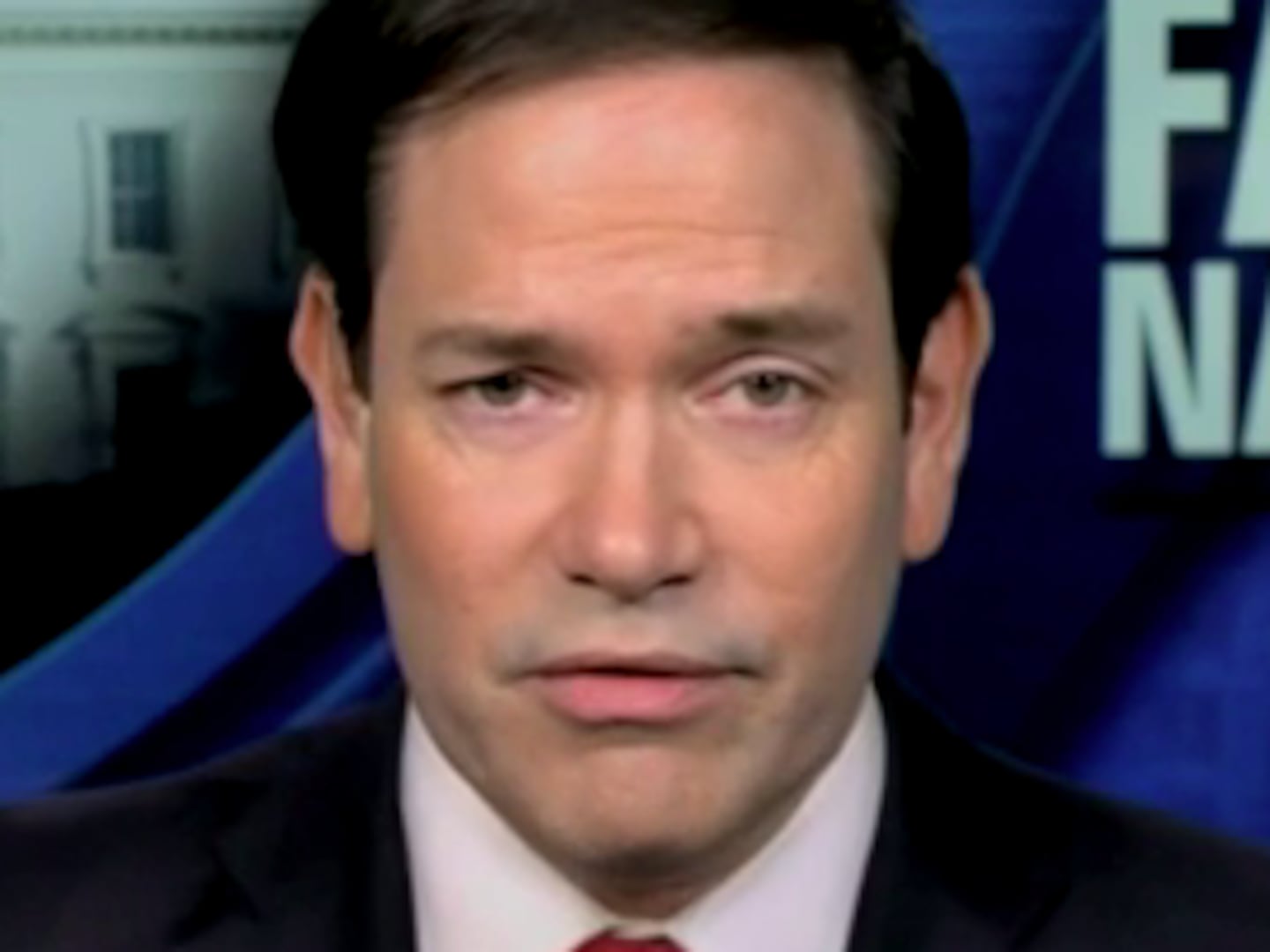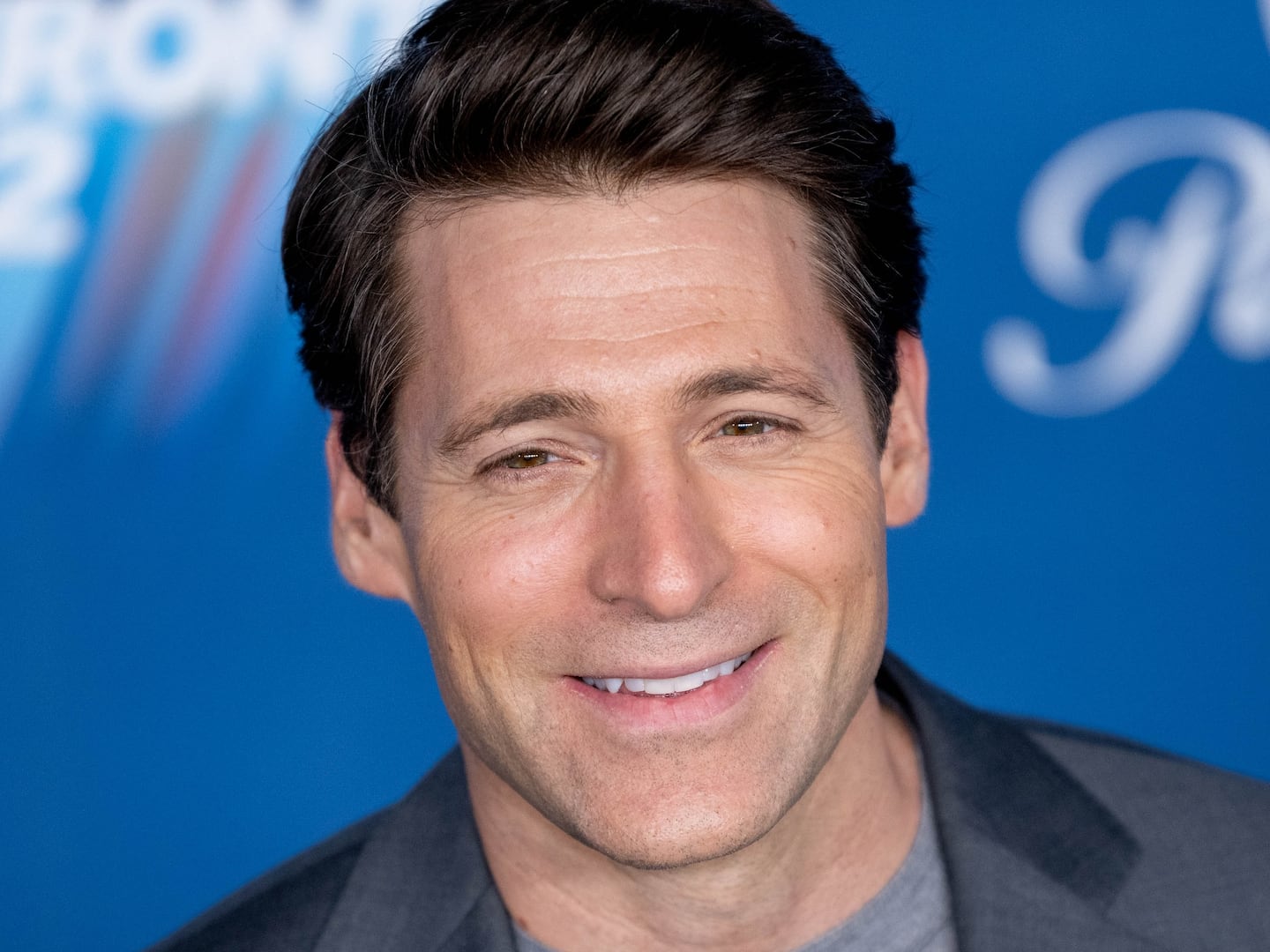Between the snooty fashion elite, the absurdist after parties, and the clothes you would have to sell both kidneys in order to fit into/afford, New York Fashion Week is a perfect example of why average Americans think that New Yorkers are out of touch. The irony, of course, is that most New Yorkers hate fashion week, as its annual arrival fills our venues and streets with the worst sorts of peacocks and PR girls, while simultaneously marking the relentless march of time. In addition to PVC and pink eye, out-of-touch cultural crimes appear to have been one of the top trends of this summer’s NYFW. The festivities were bookended by two controversial shows, Kanye West’s Yeezy Season 4 and Marc Jacobs's white dread extravaganza.
Kanye West’s Yeezy line has been described, by Kanye West, as “one of the leading trendsetting brands now.” If you’ve recently been overtaken by a strange urge to wear a nude sports bra to the club or buy a suedette crop top at Forever 21, thank Kanye West. Yeezy tried to keep hype high at his Season 4 show by bussing fashion influencers and fans to an abandoned hospital on Roosevelt Island. As SNL’s Stefon would say, this show had it all: a decrepit smallpox hospital, pissed off reporters, models fainting under the relentless sun, a disturbing lack of moral center, and Jonathan Cheban.
Yeezy’s show was the latest in a long line of collaborations between the rapper and artist Vanessa Beecroft, who recently came under fire for her deeply offensive, off-brand Rachel Dolezal musings. Beecroft, who took inspiration for Yeezy Season 3 from a photograph of refugees escaping the Rwandan genocide, explains, “The image came out of one of my books, and I thought, Perhaps this is Woodstock, because it looked really fashionable and glamorous, but no. That was a refugee camp … I wanted the people to look poor.” Her nausea-inducing oral history continues, “Real poverty, what you encounter when you travel to Africa, Mexico, those countries where people wear their clothes with dignity and they look elegant and they look like they have intelligence.” Beecroft’s interviewer opined that the artist sorts color-coded bodies like “human Pantone chips.”
Kanye’s sartorial work has been plagued by related accusations of colorism, racial insensitivity, and the use of black women as props. In a controversial casting call for Season 4, West asked for “multiracial women only.” Under the shiny veneer of multiculturalism and accessibility, the rapper’s vision seemed to echo a Eurocentric devaluing of darker skin tones. More concerning, the street-cast beauties were used as little more than human statues at the Roosevelt Island spectacular—after being commanded to stand sentry in the summer heat, clad in full looks, a handful of women sat down or even fainted in the sun. West’s team was slow to aid these employees; meanwhile, the “real,” professional models were given humane runway walks and allowed to leave the island sans heatstroke.
In Yeezy Season 4, anonymous women of color put their bodies on the line to help Kanye West sell perspex. The sickening spectacle begged the question of who ultimately profits from fashion, and whose labor pays the price. Ultimately, this unanswered question mark wove its way from Roosevelt Island to 34th Street’s Hammerstein Ballroom, where beloved designer Marc Jacobs sent white models down the runway in colorful wool dreadlocks. Guido Palau, who styled the dreadlocks, cited, “the ’80s, raver culture, Boy George, and Harajuku as references, explaining that with the colors many of the girls looked quite ‘cyber.’” He emphasized that Rasta culture was not an inspiration on the runway. Even for the famously ridiculous fashion world, the idea that dreads invoke Boy George before black hairstyles is downright ludicrous. As The Daily Beast’s Tim Teeman noted, the ensuing cries of cultural appropriation were “as sure as an outbreak of flared culottes following seasons of skinny jeans.”

Of course, as any college freshman who’s “really into Eastern philosophy” will happily tell you, white dreads are a fairly common fashion statement. The controversial hair style has become emblematic of the ways in which black culture is coopted and commodified, with white folks profiting off of stolen cultural and creative labor. Despite consistent backlash, white celebrities and sort-of celebrities continue to rock historically black coiffures.
Marc Jacobs’s runway was, unfortunately, a relatively tame example of cultural appropriation and racial insensitivity from the tone-deaf and insular fashion industry. This is a world that has had more than one blackface controversy in the past five years. Imagine the number of people who have to approve the concept of putting a white model in blackface before it hits the cover of a major fashion magazine, and you’ll start to get a sense of how detached this industry can be from a larger reality.
Jacobs further stoked the flames of his own social media mob with an inexcusable response to the controversy. In an Instagram comment, the designer wrote, “And all who cry ‘cultural appropriation’ or whatever nonsense about any race of skin color wearing their hair in a particular style or manner - funny how you don’t criticize women of color for straightening their hair. I respect and am inspired by people and how they look. I don’t see color or race- I see people. I’m sorry to read that so many people are so narrow minded…Love is the answer. Appreciation of all and inspiration from anywhere is a beautiful thing. Think about it.”
Jacobs is righteously dismissive of social justice jargon—hence, his “cultural appropriation” scare quotes. But like many people who dismiss P.C. culture as oversensitivity, his defensive retort just reads like a refusal to admit wrongdoing or accept personal responsibility. Jacobs can plead colorblindness (ugh) all he wants—in 2016, we’re well aware that only the truly privileged are able to convince themselves that we’re living in a post-racial society. When it comes to deeply ingrained, systemic racism, love is most certainly not the answer. Even more ridiculously, Jacobs seems to think he’s really going to stump the rest of us with this one: “Funny how you don’t criticize women of color for straightening their hair.” Funny how this blatant lack of comprehension just validates your critics! The only way Marc Jacobs could look dumber right now is if he had a nest of tie-dyed dreads super-glued on to his head.
If the fashion world actually learned from its mistakes, this would be quite the learning experience. Back in July, fashion blogger and stylist Hannah Stoudemire organized a protest of Men’s Fashion Week, “due to the fact that no major designers/houses expressed condolences to the innocent black lives lost or have acknowledged that black lives matter.” Jacobs’s disappointing cultural theft and ensuing social media misstep underlines Stoudemire’s point—clearly, the complaints of Jacobs’s black fans, as well as their cultural contributions, don’t matter. The designer’s response reads like he couldn’t even be bothered to Google cultural appropriation.
This multi-chapter saga mirrors another minor controversy from this year’s fashion week, in which fashion site The Cut published an article on “Alexander Wang T-shirts you can’t buy anywhere.” Everyone’s favorite pissed-off meme generator, Twitter, was quick to clap back, arguing that the airbrushed T-shirts were far from a Wang exclusive. The article dug itself deeper by writing that the shirts referenced “the best party gift of the ’90s bar/bat mitzvah circuit. “Not the origin!” cried various Internet commenters. One Twitter user added, “I am 100% sure that I can buy these in any corner in any hood in any city because this is just another rip off of black culture.”
Designers often idealize their creative process as a magical mental Pinterest board, culling looks from a diverse rainbow of aesthetic and cultural influences. But proper citations don’t distract from sartorial statements. By misattributing the origins of Wang’s “boardwalk” tees and refusing to even mention African-American culture in a discussion of dreadlocks, the fashion industry fails to do the bare minimum. Designers are already struggling to cast diverse shows; if the fashion industry doesn’t want to pay black models, the least they can do is pay respect to the trends and styles they’re coopting.






